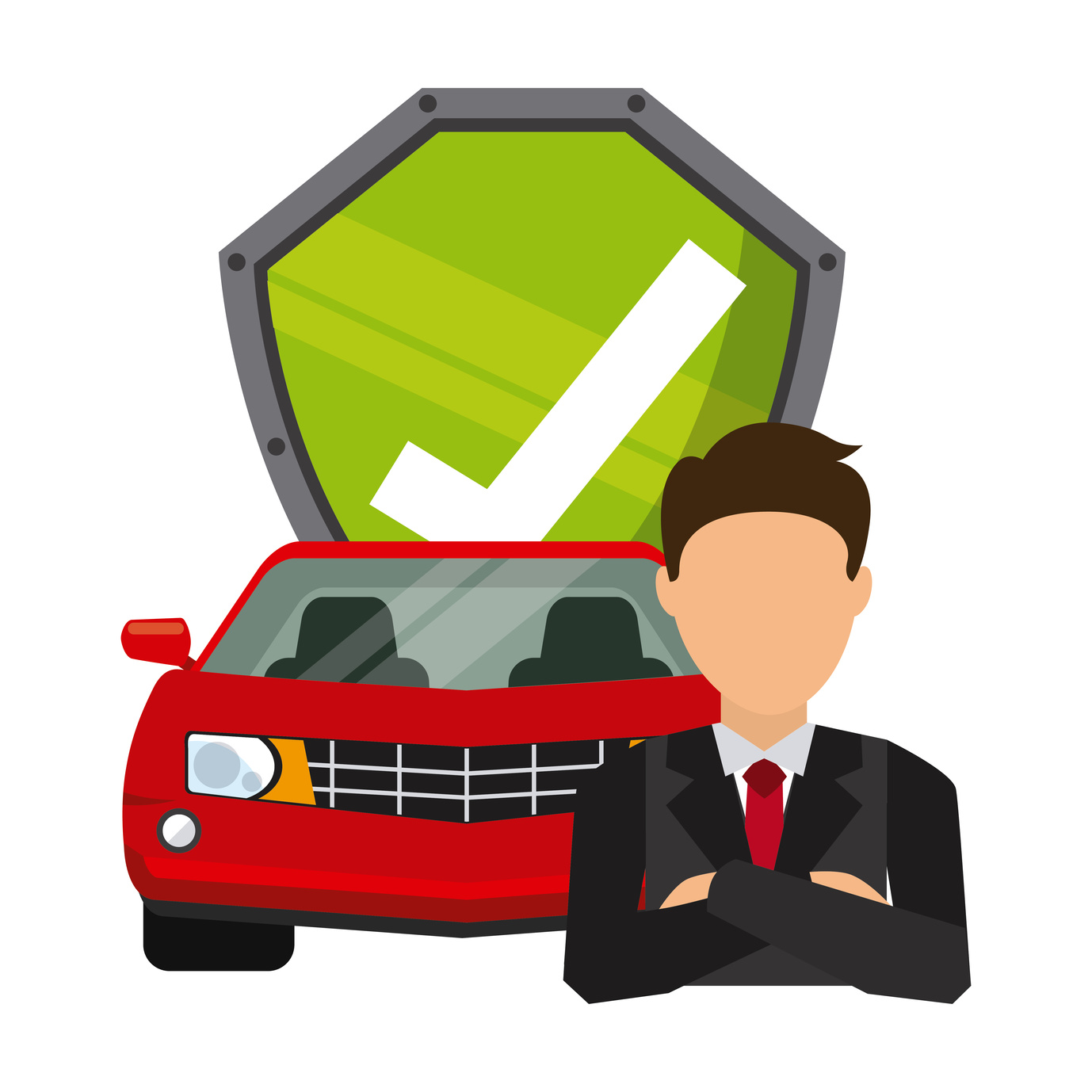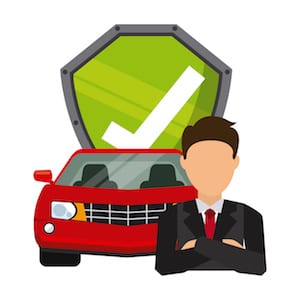Auto Insurance 101

Auto insurance is one of the most important kinds of insurance you can own. According to the National Highway Traffic Safety Administration, although auto accident fatalities continue to decline overall, injuries are up. In 2014, the agency cites, 32,675 people died in car accidents and 2.31 million were injured.
When you purchase car insurance you’re faced with a number of sometimes perplexing options. The two most common and key types of auto insurance cover the consequences to other people when you are at fault: liability and property damage. Another part, in states where it applies, is uninsured/underinsured coverage. There are also many options you can add on.
Auto Insurance Liability Coverage
1. Bodily injury
If you are at fault, liability insurance for bodily injury protects you against damage claims from others when they are injured, for example medical expenses, lost wages, and pain and suffering.
If you live in a state with no-fault insurance, your policy typically compensates you for your own medical expenses, no matter who is at fault.
2. Property damage
When you cause damage to others’ property, such as a car or structure, this policy protects you financially.
3. Uninsured/underinsured motorist
This insurance kicks in when a collision is the fault of another driver who doesn’t have, or has inadequate, auto insurance. It covers your bodily injury and damages to your property. If the other person is underinsured, your coverage pays you on top of what their policy can pay, up to your own policy limits.
Auto Insurance Optional Coverage
1. Medical and funeral payments
Medical and funeral expenses for you and/or others in your car are covered. Some policies also offer coverage for expense incurred if you’re injured by a car when you are on a bike or as a pedestrian.
2. Personal injury protection (PIP)
This protection helps with medical expenses for you and your passengers, regardless of who is at fault for a collision. Personal injury coverage is offered, and sometimes required, in no-fault states. Details vary depending on the state, but it generally covers hospitalization, rehabilitation, medical expenses and lost wages.
3. Comprehensive
Comprehensive coverage helps pay for repairs or replacement if your car is damaged by something other than a collision, such as theft, fire, vandalism or natural disaster.
4. Collision
If you are at fault for an accident, this coverage will help repair or replace parts damaged on your car.
Both comprehensive and collision, while not required by states, may be required by a company that finances your auto purchase or is leasing you your car.
To fully understand your own needs, find out what your auto insurance state requirements are and talk to an insurance provider. Find out about other coverage options and compare insurance quotes here.

 EINSURANCE
EINSURANCE EINSURANCE
EINSURANCE EINSURANCE
EINSURANCE